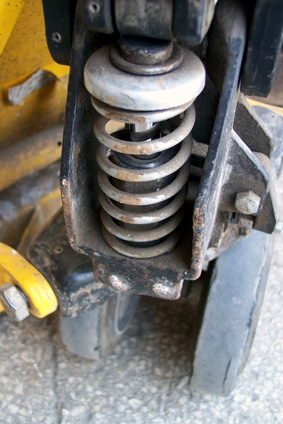
The floor pan of your automotive transportation vehicle represents a large singular sheet metal stamping and represents the most important component of a car platform to which suspension system and power train are attached. Unfortunately, the floor pans are susceptible to corrosion deriving from multiple sources. Even leaky windows may leave wells of a floor section rusty. The task of replacing floor pans is demanding and time consuming. Highly skilled craftsmanship is not required, but agility is, since the repairs take place on the power train side of the car.
Remove as much interior from the car as possible. The splatter produced by the welder, protects the remaining parts exposed -- the dash and the gauges, the steering wheel and the column. Remove them if necessary.
Raise the vehicle using a floor jack.
Cut out the corroded sections using a plasma cutter, wiz cutter or a sawsall.
Take the new panels and place them as templates to define where the floor should be cut. Mark and cut out the predetermined shape with a plasma cutter.
Grind out all edges of the floor where you will be doing the welding, above and underneath, using a grinder.
Clamp the ground edges using C clamps.
Mark the floor braces from the power train side of the vehicle and drill a ¼ inches hole, using a power drill.
Adjoin new pans and existing under braces.
Plug the welds outer edges to the existing floor next.
Hammer the edges as you progress with tacking.
Weld up the edges using a welder, hammer the abound spots from the undercarriage tack weld and seal the bond spots (using 3M brushable seam sealer).